‘Learning and growing side by side in God’s love.’
All learning at Eastry CEP School, including Art & Design, is propelled through our Christian vision:
‘Our school family is committed to sustaining and growing a nurturing, learning community. We strive to promote a welcoming and open ethos to ensure all feel happy, safe and respected. We value each member of our community as unique individuals where all are encouraged and inspired to fulfil their potential as God intended.’
At Eastry CEP School, we are committed to helping our young people gain a deeper understanding of their emotions and self-awareness. Art and design can define us as individuals, providing us with opportunities to express our feelings and emotions, and play a significant role in developing our personalities and psychological maturity.
We believe art and design play a necessary part in contributing to the overall health, development (physical, cognitive, social and emotional), and mental well-being of our children. This mirrors our school ethos and encompasses our core principle that all learning at Eastry CEP School should be about the whole child.
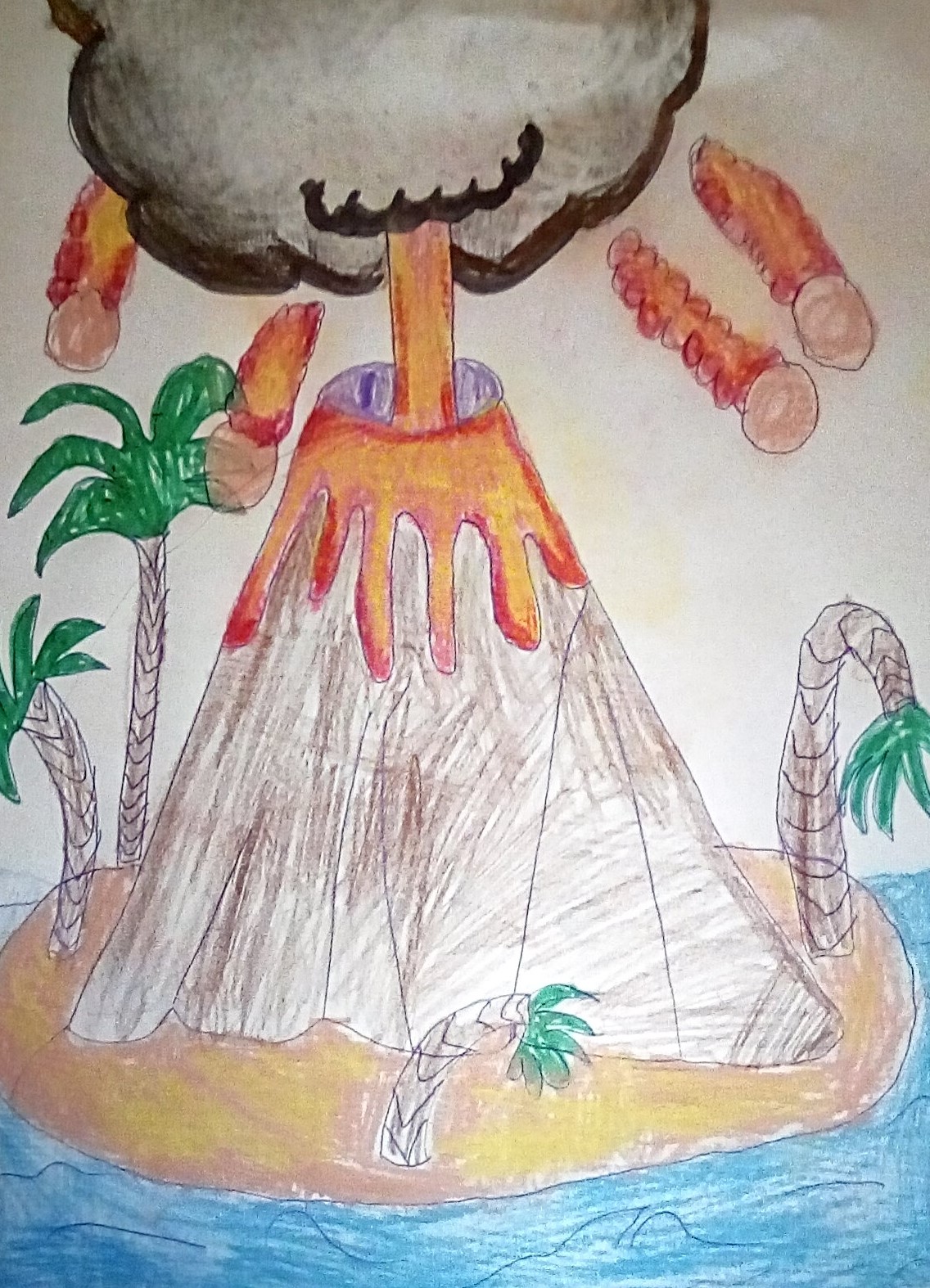
Intent
Art in education aids the development of fine motor skills, creativity, imagination, language skills, reading, writing, decision making and gives children the confidence to experiment. Art promotes cultural awareness, diversity, equality and inclusivity as well as helping to boost self-esteem. In an inclusive art room, students learn and thrive from identifying similarities and celebrating differences in others, in line with our British Values: democracy, the rule of law, individual liberty, mutual respect and tolerance of those of different faiths and beliefs.
Drawing, painting, crafting, designing, sculpting and other art forms offer children free reign to their imagination, providing a new set of skills for self-expression and communication.
Within cross-curricular teaching through topic work at Eastry CEP School, we encourage the children to actively engage with this creativity in a safe, welcoming and happy learning environment, giving them the opportunity to produce creative pieces of work, explore their ideas and record their experiences, so that they may become skilled in the aforementioned areas.
Using the language of art and design, the children are emboldened and urged to form their own opinions and perceptions of art in order to be able to evaluate and analyse their own creative works. They will also become more aware of other artists’ work, their impact, cultural development and historical influences.
We believe it is vital that children understand their lessons are meaningful with a real-life purpose, across the whole curriculum. At Eastry CEP School, we aim to help children see the significance of art and design as a creative subject in the UK economy. We aim to dispel with the myth that the creative arts are a ‘filler’ for the timetable and instead should be viewed as valuable cultural learning subjects which have a significant impact on addressing the inequality of children in poverty, in education. It is important that children from every socio-economic background has access to the creative arts and the opportunities provided in creative industries.
All staff at Eastry CEP School value each child’s talents and artistry, thus enabling the child’s raised self-esteem so that they may feel valued as individuals and encouraged in their belief that they can succeed in their future aspirations.
“The painter has the universe in his mind and hands.” Leonardo Da Vinci.
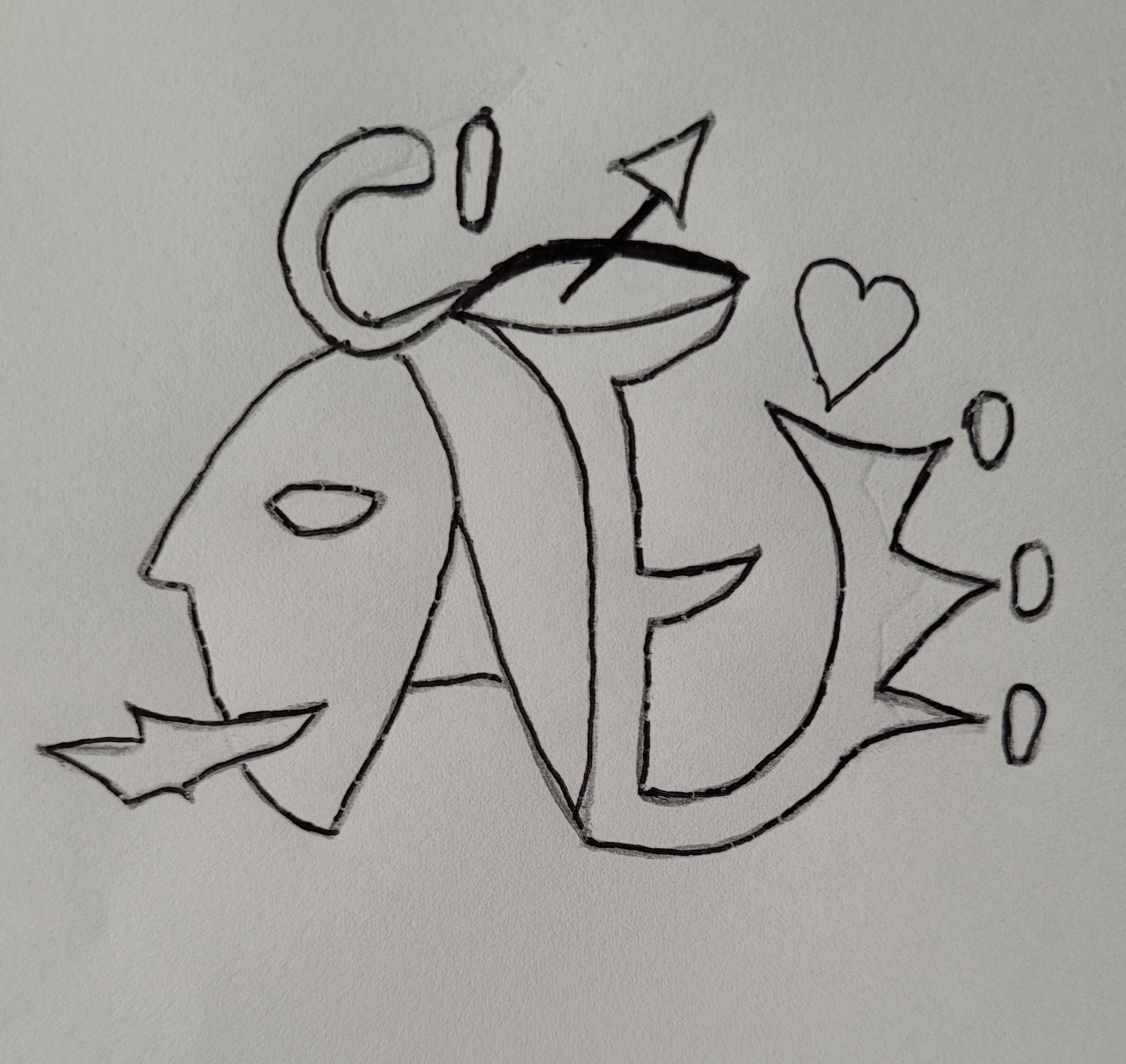
Implementation
Through our Art & Design curriculum, we aim to foster a love of the creative subjects in all pupils. At Eastry CEP School we encourage the children to be curious about the world around them as we promote investigation and discovery so that they might become engaged in the joy of actually doing and participating, rather than worrying about the end result. We inspire the children to develop and share their ideas, experiences and imagination in order to have the courage to experiment with a range of materials and medium in their creativity and to develop their own unique style.
“Every child is an artist. The problem is how to remain an artist once we grow up.” - Pablo Picasso
Our Art & Design lessons are delivered through the concept of a long-term class topics, giving us the benefit of being able to provide more meaningful real-world experiences for the children, such as having visiting artists and designers into school, workshops and Inspire Days or trips to museums and galleries.
Exciting experiences and opportunities like these enable each topic to begin with a ‘hook’ to engage the children’s curiosity from the outset so that they can absorb themselves in lessons that interest and inspire them to experiment, invent and create their own works of art.
Our links with local art galleries such as The Beaney, in Canterbury and the Turner Contemporary, in Margate afford our children at Eastry CEP School the opportunity to view other inspiring works of art and submit their own pieces of art work as competition entries. Last year, two of our pupils were selected to display their entries in an exhibition at The Beaney Gallery as part of their competition ‘What Makes You Unique?’. The exhibition will show between the 3rd July and 1st August, this summer.
Once more, Eastry CEP School has also been invited to participate in The Brilliant Club, an award-winning, non-profit making university access charity who exist to increase the number of pupils from under-represented backgrounds progressing to highly-selective universities. On our last collaboration, in association with Goldsmiths and King’s Universities in London, five Year 6 children (form a spectrum of backgrounds, including pupil premium) embarked on a scholarship programme and worked closely with a PhD tutor over the course of five tutorials; they were introduced to the study of art history and one of its most fundamental concerns: how to figure out the meaning of a picture. They discovered that reading a painting or picture is different from reading a book and how artists are able to tell stories without words. The children studied images from the Medieval Ages, through Renaissance art to the Modern age. In doing so, they considered the types of stories artists have chosen to tell through their art and why certain stories were chosen as subjects in art work. They also studied the reasons why some stories or genres (such as religious or biblical) are more popular than others. The course culminated in a graduation ceremony at Kings College in London, where our pupils were celebrated (along with those attending from other schools) and awarded certificates for their achievements. The aim of this programme is to encourage children, who might not have seen university as an opportunity for themselves, to aspire to attending in their future academic career and to gain a real-life experience of being at a university. It is our hope to continue this link with The Brilliant Club and afford this opportunity to other children at Eastry CEP School from under-represented backgrounds.
Children are afforded the opportunity to celebrate and share their work with each other during lesson time and with the wider school community during Celebration Worship, open afternoons and school-based performances. Our PTA have also been approached with a fund-raising opportunity to purchase and erect our own Eastry Art Gallery, sited on the school grounds. This would display and celebrate children’s art work, recognising a particular skill or art form each term and would be accessible at the end of the school day for parents to view their children’s work in a gallery style setting.
With our Forest School and bountiful outdoor areas, we also provide the opportunity for children to take their studies in Art & Design outside the confines of the classroom and expand their minds and unlock their creativity; problem solving, role play and artistic tasks are presented with new challenges and opportunities when learning outdoors, not to mention the improved physical and psychological benefits of working in the fresh air and absorbing some Vitamin D. Drawing outside allows children to feel and explore a sense of freedom and develops fine motor skills. Painting outside allows children the opportunity to explore alternative painting tools that they may find around them, such as sticks and leaves.
We use question led planning in Art & Design (as well as all other subjects in the school), ensuring continuity across the curriculum. This embeds learning that is enquiry based and encourages the children to experiment and explore their ideas, so that they can develop their analytical and evaluation skills, alongside the development of their creative skills, in line with the programmes of study for Art & Design in the National Curriculum.
This question led planning enables our children to discover and learn about the works of artists, designers and craft makers through history with an understanding of the historical and cultural development of their art forms. They are also provided with the opportunity to discover positive representation of artists from diverse and multi-cultural or marginalised groups, allowing them to see that everyone is valued and respected, in accordance with our School, Christian and British Values. Children in our school also recognise the significance of modern artists, designers and crafters in the growth of the UK and world economy and see that there is opportunity and representation in this field for aspiring future artists.
“Art does not reproduce the visible; rather, it makes visible.” - Paul Klee
Using the criteria and guidance of EYFS curriculum and National Curriculum, teaching is adapted to the needs and abilities of all our children, so that by the end of each stage they can apply and understand the matters, skills and processes specified in the national programmes of study.
Children’s knowledge, understanding and progress is measured using the criteria set out in the skills document. Children are assessed as emerging, expected or exceeding according to the skills taught in each topic.
Intervention comes in the form of pre-teaching, overlearning and reinforcement at the beginning of each lesson, giving each child every chance of success. We use data to evaluate which children would benefit from being pre-taught subject or topic-based vocabulary, or over-learning a particular skill.
EYFS
In Early Years Foundation Stage, expressive art and design is explored through games and play. It is used to develop a child's imagination, creativity and their ability to use media and materials. Children do this in range of ways including singing songs and making music, dancing, playing with colours, textures and design.
Key Stage 1
Children are taught to use a range of art materials creatively, so that they can design and make their own products. They develop their skills in drawing, painting and sculpture and learn to use a wide range of art and design techniques through using colour, pattern and texture, line, shape, form and space. Children are encouraged to share their ideas, experiences and imagination and learn about the work of a range of artists, craft makers and designers. Through learning the processes of evaluation and developing their own opinions and perceptions of art, our children are able to describe similarities and differences between different art forms and styles, and make links to their own work.
Key Stage 2
As they move on from the skills taught in Key Stage 1, children are taught to improve their mastery of the skills they have learnt in art and design techniques, including drawing, painting and sculpting in a range of materials such as: pencil, charcoal, paint and clay. They are encouraged to create sketch books in order to record their observational drawings, and to review, revisit and refine design ideas. In Key Stage 2, children also learn more about historical artists, architects and designers and learn how to ‘read’ a painting through studying expression, gaze, composition, colour and allegory. By learning to engage critically with artworks, students develop their skills in visual analysis and writing, helping them to achieve in their wider academic development.
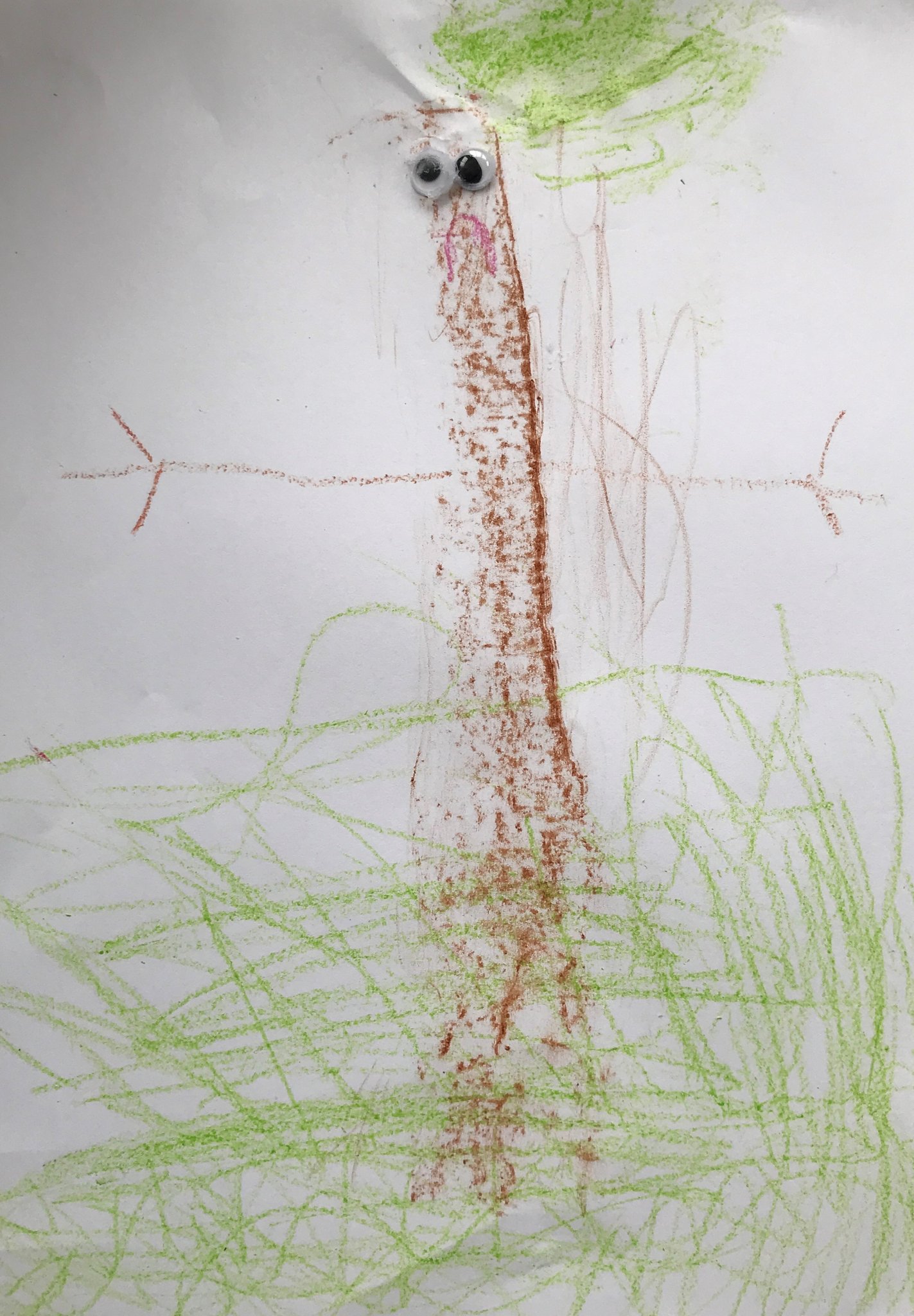
Impact
The importance of art and design in a child’s development is key. Art, design and creativity cultivate well-being and help young learners create connections between subjects. Creative opportunities stimulate young children’s curiosity, creativity, and imagination, and support the development of communication skills. Being creative helps children cope with their feelings and fears, as well as managing their emotional states.
Art and design provide opportunities for children to shine and take pride in their achievements, to grow with the subject and develop their personalities alongside their skills. These can be demonstrated through their abilities to apply the mastered processes, such as drawing, painting, sculpting, graphic design, digital design or computer assisted design technology.
Pupil voice in Art & Design at Eastry CEP School is fundamental in fostering a love for the subject across all age-groups, demonstrated by their enthusiasm and desire to participate in lessons. Parent voice shows support through online learning, e-learning platforms, questionnaires, open afternoons and parent’s evenings.
Our children leave Eastry CEP School being aware that art, design and creativity are not only good for physical and mental well-being, but can help make positive strides towards a more inclusive, socially, economically and environmentally aware, global environment, with opportunities for a fulfilling and rewarding career.
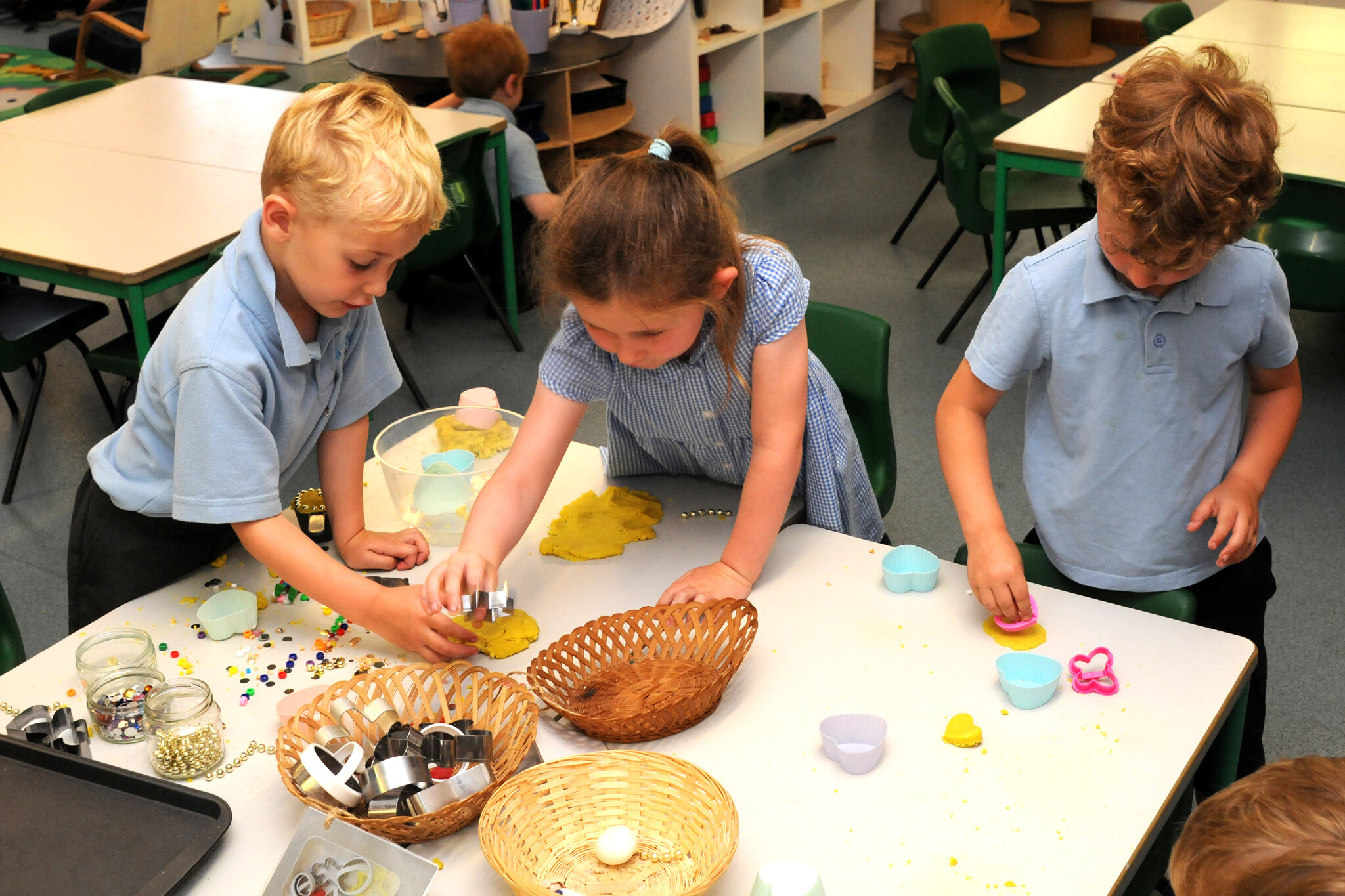
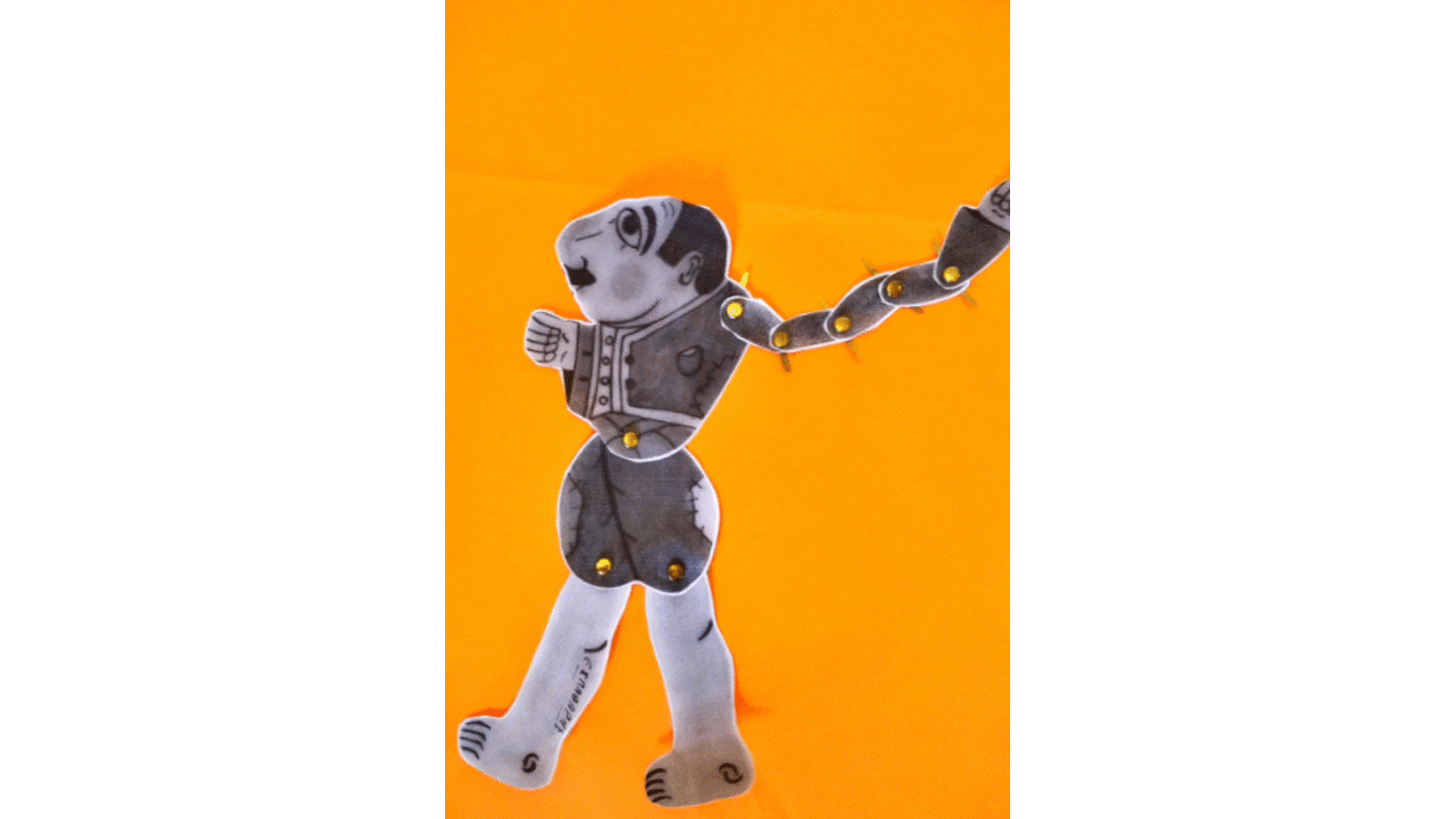
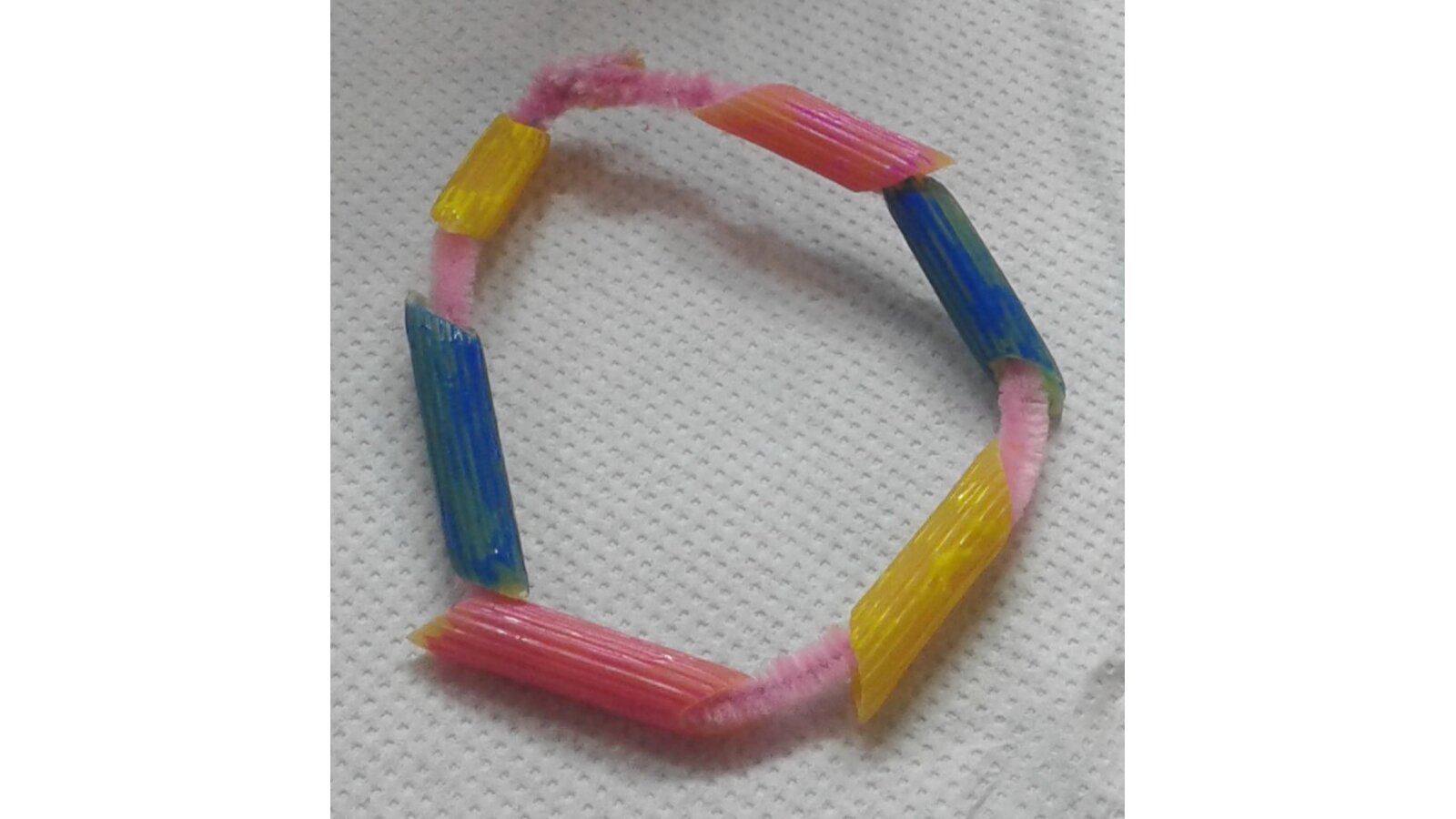

.gif)
.png)
